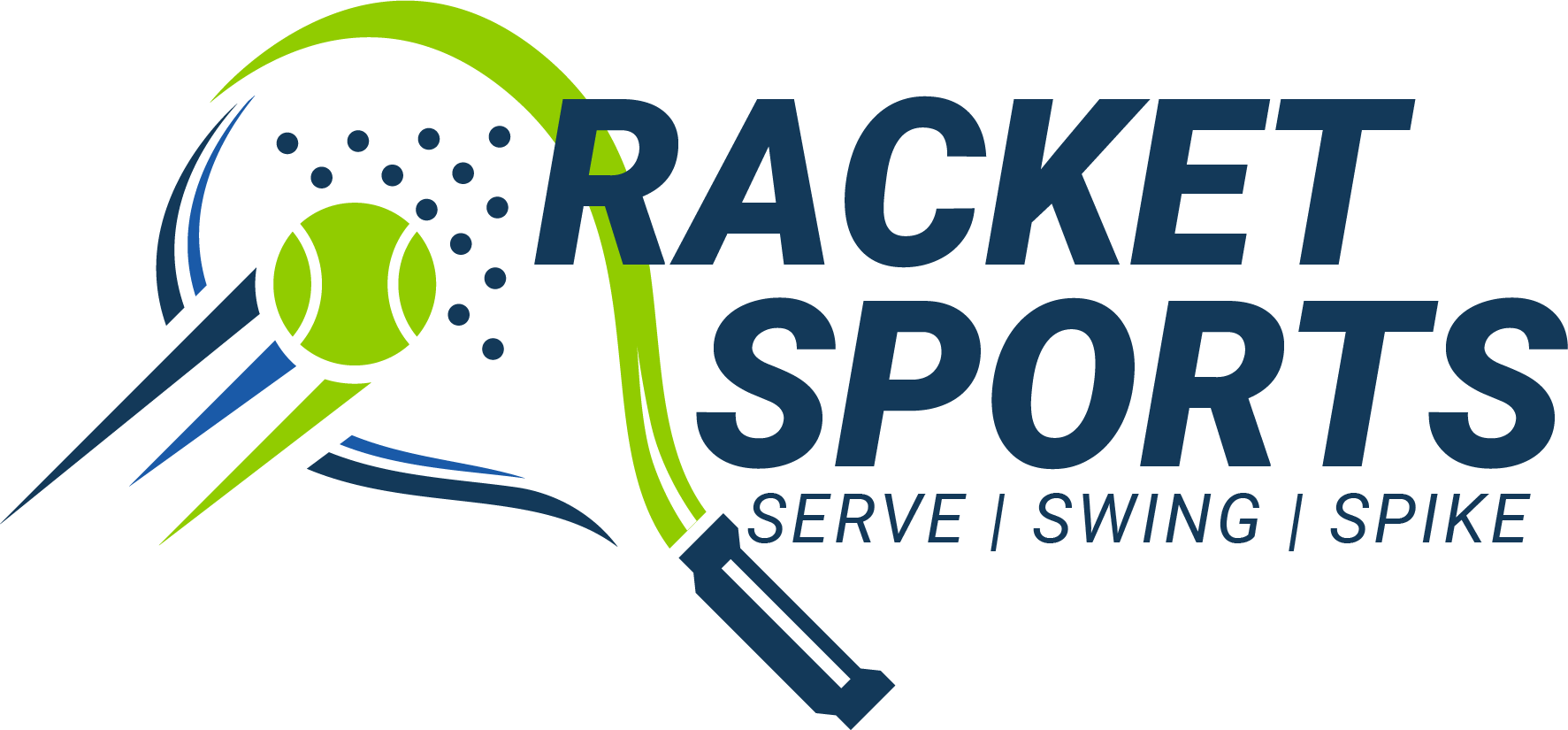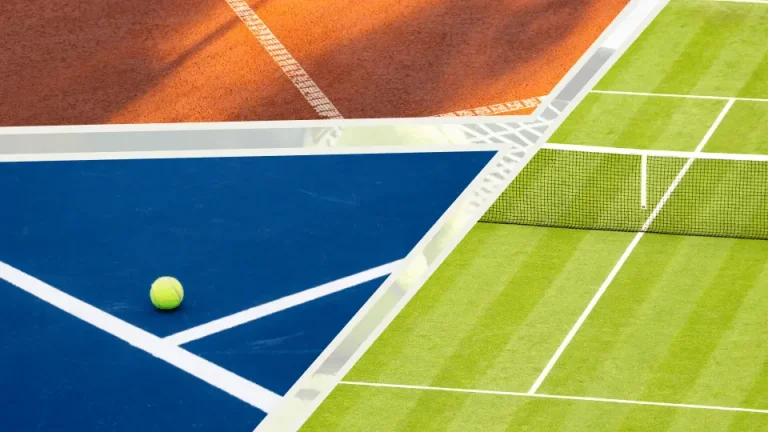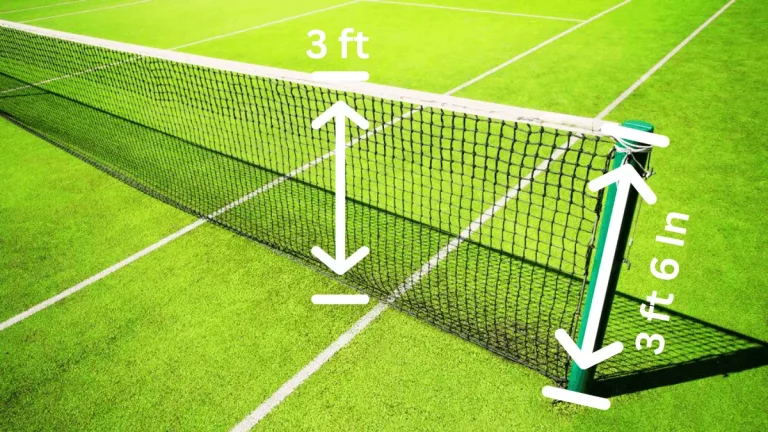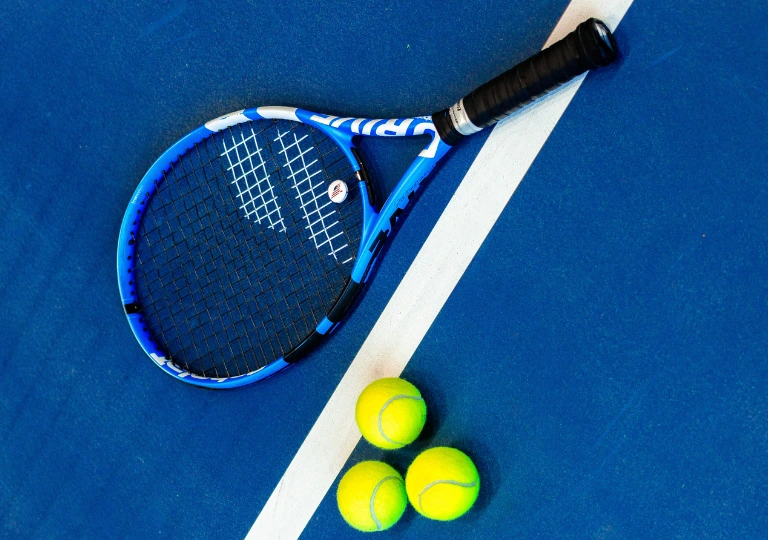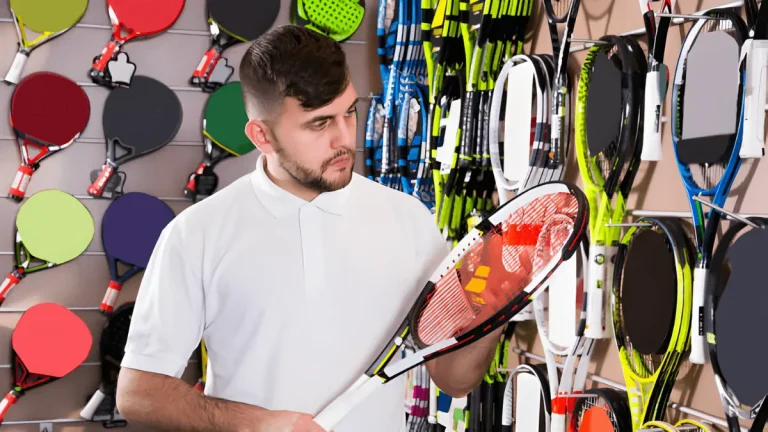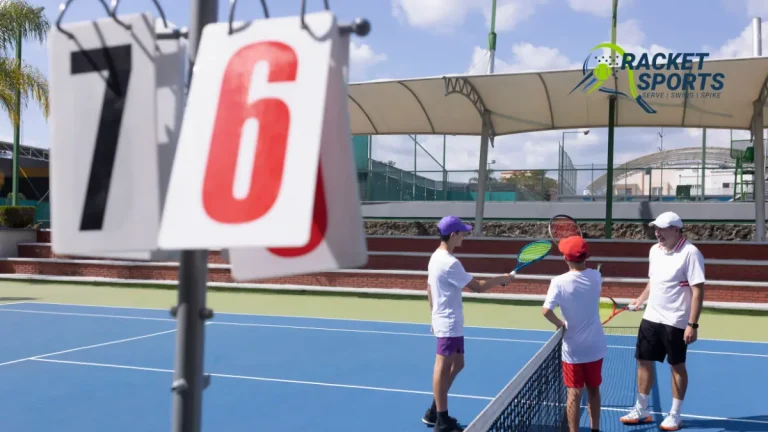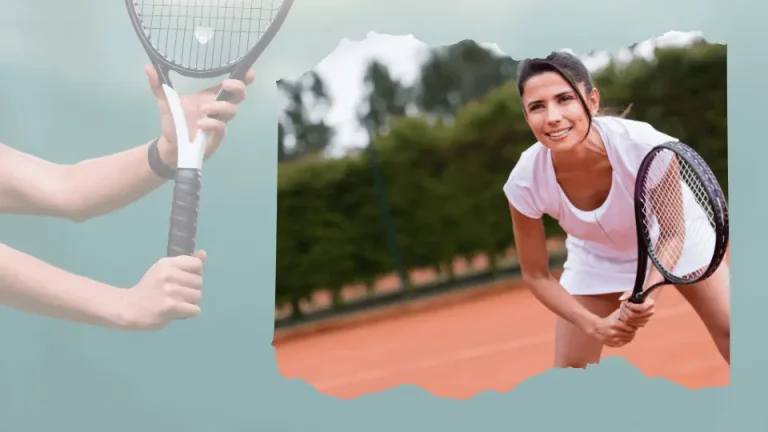Tennis Serve Tips – Professional Style 2025
Whether you’re a beginner just starting out on the tennis court or a seasoned player trying to improve your game, learning the tennis serve is an art worth mastering. It’s the game-changer, the expertise, and the powerful opening move that can set you apart from the competitors. While it may appear difficult at first, with proper instruction and practice, your tennis serve may become your hidden weapon.
We’ll take you from the basics of tennis serve tips to advanced tactics in this article so you can not only enhance your serve but also turn it into a powerful asset in your tennis profile. So, let’s get you started on the way to learning how to serve.
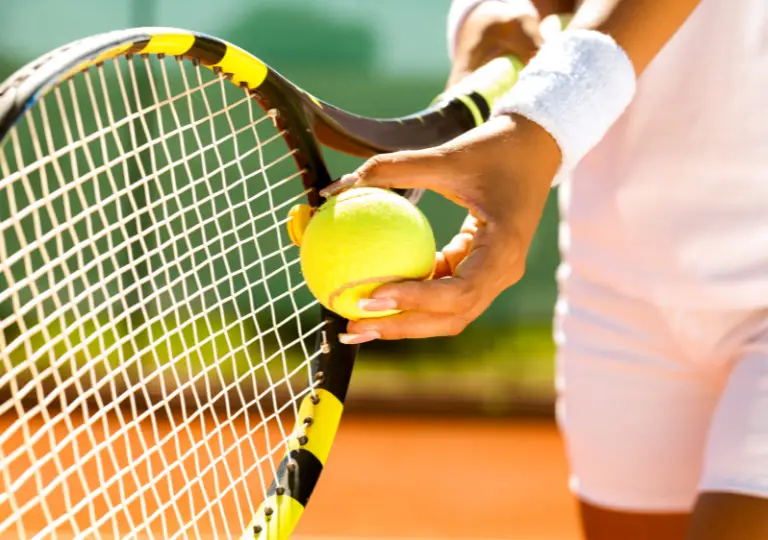
Tennis Serve Tips: What Makes A Good Tennis Serve
| Mental Focus: Maintain your composure and concentrate on your serve technique. Focus on your serve form and strategy instead of prior points or the score. |
| Efficient Form: A superb serve should be powerful yet easy, putting the least amount of stress on your back and shoulders. |
| Consistency: Tennis requires consistency, especially with second serves. Success depends on your ability to accurately repeat your serve motion. |
| Control: Your serve should be both strong and accurate. Put pressure on your opponent by aiming to position the ball exactly where you want it to go. |
| Proper Serve Toss: A precise ball throw is the first step in your serve. When tossing the ball, keep it straight and strike it where it is highest. |
| Body Positioning: The key to a good serve is understanding how to position your body, including when to bend your knees, when to uncoil your body, and when to make contact with the ball. |
| Timing: In tennis, timing is crucial. To strike the ball at the ideal moment and ensure that it goes in the direction you wish, you must synchronize the way you move. |
| Momentum and Pronation: To control the direction of your serve, you must have good timing, momentum, and pronation (the inward turn of the forearm). This enables you to strike the ball just where you want it, whether it is down the center or in an out-wide corner. |
Reasons to Learn How To Serve In Tennis
Strategic control: The service gives you the power to decide when each point will begin, giving you a strategic advantage. A strategically placed serve may put your adversary on the defensive right away.
Setting the Tone: The point’s tone is set by your serve. A powerful serve might provide you chances to control the rally, whilst a bad serve could put you on the back foot.
Putting Pressure on Your Opponent: A strong serve may put your opponent under pressure, making it more difficult for them to make an efficient return and raising your chances of winning points.
Aces: A strong and accurate serve is frequently the cause of an ace, which occurs when your opponent fails to contact the ball. Aces are unearned points that provide a tremendous advantage.
Second Serve Safety: Having a reliable second serve is crucial. It helps avoid double faults and acts as a safety backup if your first serve doesn’t go as planned. Consistency is key when it comes to your second serve.
Keeping Errors to a Minimum: Weak serves can lead to unforced errors, costing you valuable points. Strengthening your serve is a way to reduce the chances of making these costly mistakes.
Control Over Point: Your control over the point begins with the precision and placement of your serve. The skilful direction of the ball allows you to exploit your opponent’s weaknesses or place them in challenging and uncomfortable positions on the court. This initial advantage can set the tone for the entire rally.
In summary, a strong tennis serve gives you control, exerts pressure on your opponent, and may result in free points via aces. It’s an important part of the game that, when learned, may greatly improve how well you play on the court.
Step-by-Step Tennis Serve Instructions
These tennis serve tips can help you excel in the game by no limits. Let’s dive deep:
Step One: Correct stance
- Positioning yourself behind the baseline is important because it gives you a strong base from which to serve.
- Your back foot should go parallel to the baseline, and the front foot needs to be pointed toward the other player. This posture is balanced and at ease, thanks to this stance.
- Being balanced is extremely important because it gives you control over your movements during the serve.

Step Two: Proper tennis serve grip
The continental grip is the ideal serving grip, and it is sometimes compared to gripping a hammer. This grip gives you the most mobility and control over your serves.
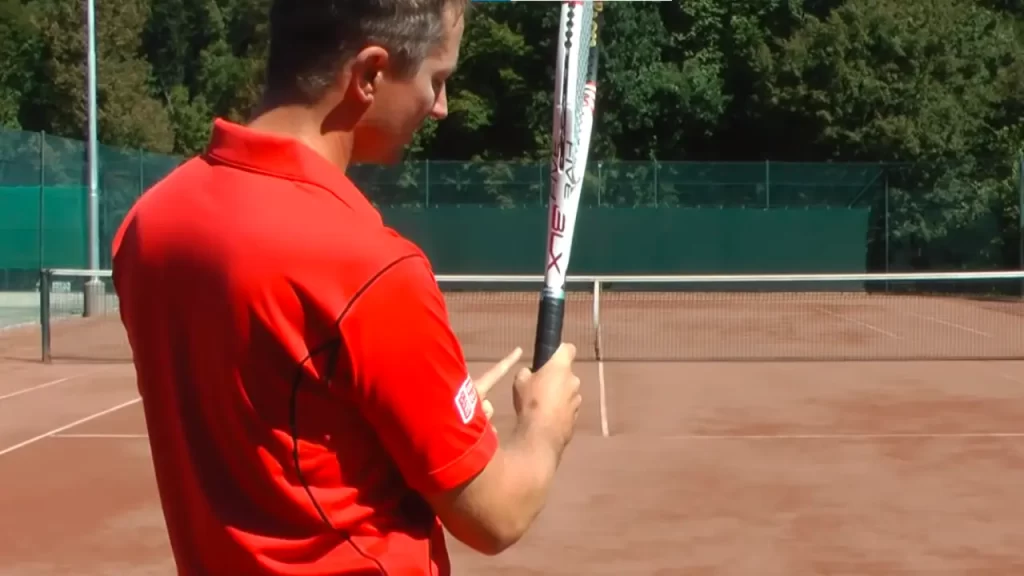
- Grip the racket with confidence as if it were a hammer.
- Make sure the racket’s edges are perpendicular to the ground and stable.
- To ensure uniformity, keep the racket face parallel to the outer court barrier.
- Position your right thumb and index finger securely on the grip for a sturdy foundation.
- Form a V with your thumb and index finger, aligning it with the handle.
- Wrap your hand around the handle gradually while keeping control.
- For flexibility and command during your serve, place your left hand higher on the racket, loosely below the head.
Pay attention to grip alignment and hand placement to ensure that your racket is properly positioned for a forceful and precise serve.
Step Three: Bounce The Ball For Stability
- Bouncing the ball before serving has several functions. It helps in achieving a state of focus and stability, helping you to achieve optimal mental and physical conditions.
- It is important to find your own rhythm for bouncing the ball. It’s a personal choice that might help you relax before the serve.
- If your bounce seems odd or you’re having difficulties collecting the ball, it might be a sign that your stance needs to be adjusted.
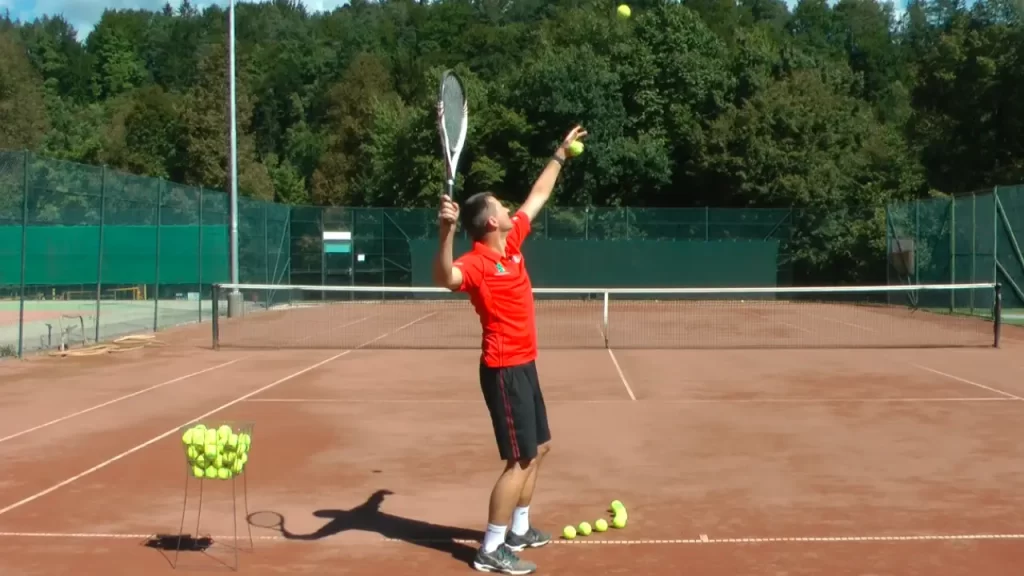
Step Four: Preparing body position
- Bend your knees slightly as you get ready to serve. This helps you gain better traction on the court and provides a stronger push-off when you serve.
- Focus on your breathing, maintaining composure, and aiming precisely. Tossing the ball into the air is a critical step that requires accuracy.
- Mastering the skill of tossing the ball properly and consistently takes time and practice. A well-executed toss sets the stage for an effective and powerful serve.
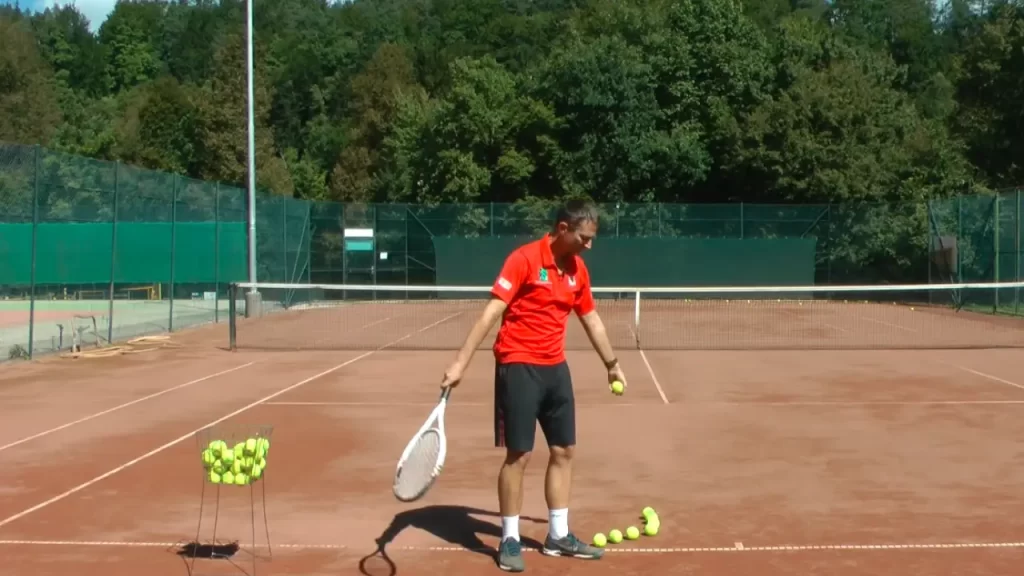
Step Five: Following The Motion
- Begin your serve by dropping your racket hand while simultaneously elevating your left arm while holding the ball.
- To make contact with the ball, swing your racket upwards. Pronation, or the inward rotation of the forearm, is essential for increasing the strength and direction of your serve.
- Your goal is to hit the opposing service court. It may appear to be a difficult task to coordinate, but with practice, it becomes a smooth action.
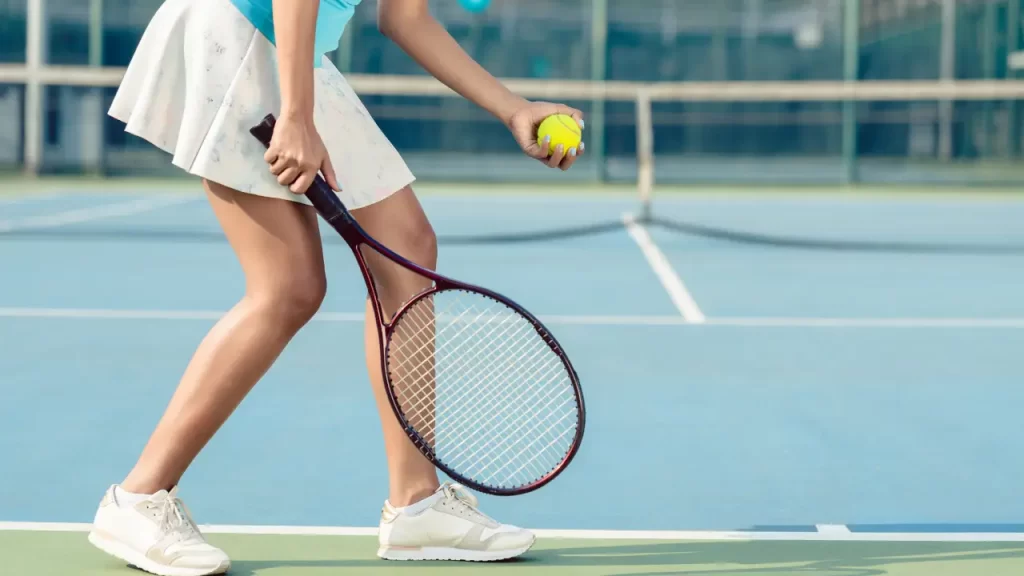
Step Six: Connecting racket and ball
- The timing of your swing is critical. The instant you make contact with the ball is the consequence of the coordination of several factors, including the ball throw, body alignment, and racket swing.
- The power of your serve is affected by the strength generated by your slightly bent knees.
Step Seven: Follow-through
- Your precision and speed are dependent on your follow-through. Your racket should continue to move after making contact with the ball.
- During the follow-through, the angle and location of your racket are critical for guiding the ball where you want it to travel.
Tips for a Good Service
A well-rounded tennis game relies heavily on an effective serve. Here are some valuable tennis serve tips to elevate your serving skills and make your serve a formidable weapon on the court:
1. Master Various Serves
Understanding various sorts of serves is critical for keeping your opponents on their toes.
- Power Serve: Develop a strong first serve that may pass your opponent, making it difficult for them to return. Improve your serve’s pace and accuracy to get ace points.
- Slice Serve A deceptive strategy that can shift the ball sideways, catching your opponent off guard. Use it to throw off their rhythm and seize control of the point.
- Spin Serve: Including spin in your serve may increase the unpredictability of your game. A well-executed spin serve may cause the ball to bounce in unexpected directions, making your opponent’s prediction difficult.
2. Utilizing the serve as a weapon
Your serve is more than just a formality; it is a potent weapon. Treat it as such and plan appropriately.
- Strategic Placement: Rather than striking the ball blindly, attempt to strategically place your serves. Target the corners of the serve box to put your opponent in awkward positions.
- Changing It Up: Avoid being predictable. Alter your serves between flat, slice, and kick. Changing your opponent’s speed and trajectory will keep them guessing.
- Disguise Your motives: Try to disguise your motives to serve. Maintain a steady motion, whether serving first or second, to prevent your opponent from reading your plays.
3. The surprise element in the serving strategy
In tennis, surprise is a key asset, and your serve may be a potent instrument for springing surprises.
- Change-Up Speed: When your opponent expects a booming serve, throw in a slower-paced one on occasion. This may catch them off guard, resulting in easy scores.
- Placement Techniques: Experiment with unusual places. When your opponent anticipates a down-the-line stroke, serve wide, and vice versa.
- Mind Games: Play mind games with your serve. Your opponent’s attention and rhythm might be disrupted by a quick serve-and-volley technique or an unusual underhand serve.
using these tips in your Tennis practice sessions can transform your serve into a flexible and unexpected power on the tennis court. Your serve, with effort and planning, may become a significant asset to win.
Practice Makes Perfect: Elevating Your Tennis Serve
Achieving a powerful and precise tennis serve demands dedicated practice. Let’s delve into the importance of practice, emphasizing both first and second serves, and advancing to spin or slice serves.
- The Influence of Consistent Practise
Practice is essential for developing your tennis serve. Repetition and refining, like with any talent, are essential. Your serve will become more natural and fluid as you practice. Consistent practice aids in the memory of the mechanics of a good serve. Your serve will become more natural and fluid as you practice.
Regular practice improves your serve’s confidence. Knowing you’ve put in the time provides you with a mental advantage on the court. You learn to modify your serve to different conditions and opponents by practice.
Conclusion
In conclusion, learning to serve effectively in tennis is like unlocking a secret weapon. It’s a skill that takes time and practice, but the rewards are worth it. A strong serve can give you control over the game, put pressure on your opponent, and even earn you free points with aces. It’s a crucial part of the sport that, once mastered, can significantly enhance your performance on the court.
Remember that consistency, mental focus, proper form, and strategic thinking are key elements in developing a great tennis serve. Whether you’re a beginner or an experienced player looking to improve, these tips can help you take your service to the next level. So, keep practicing, stay determined, and enjoy the journey of becoming a better tennis player, one serve at a time.
Frequently asked questions
Are there any special rules for serving in tennis?
Yes! In tennis, there are specific rules for serving. When you serve, you must hit the ball diagonally across the net and make sure it lands within a designated area on the court.
These rules might sound a bit tricky at first, but as you keep practicing, they will become second nature to you.
What is the primary purpose of tennis serve?
The main goal of a tennis serve is to start a point in a game. It’s the first shot that a player hits, and it’s a chance to gain an advantage by placing the ball where the opponent has difficulty returning it.
Why do tennis players bounce the ball before serving?
Bouncing the ball before serving has a few purposes. It helps players get into a rhythm, focus their minds, and make sure the ball is in the right place for the toss. It’s like a little pre-serve routine that many players use to prepare.
